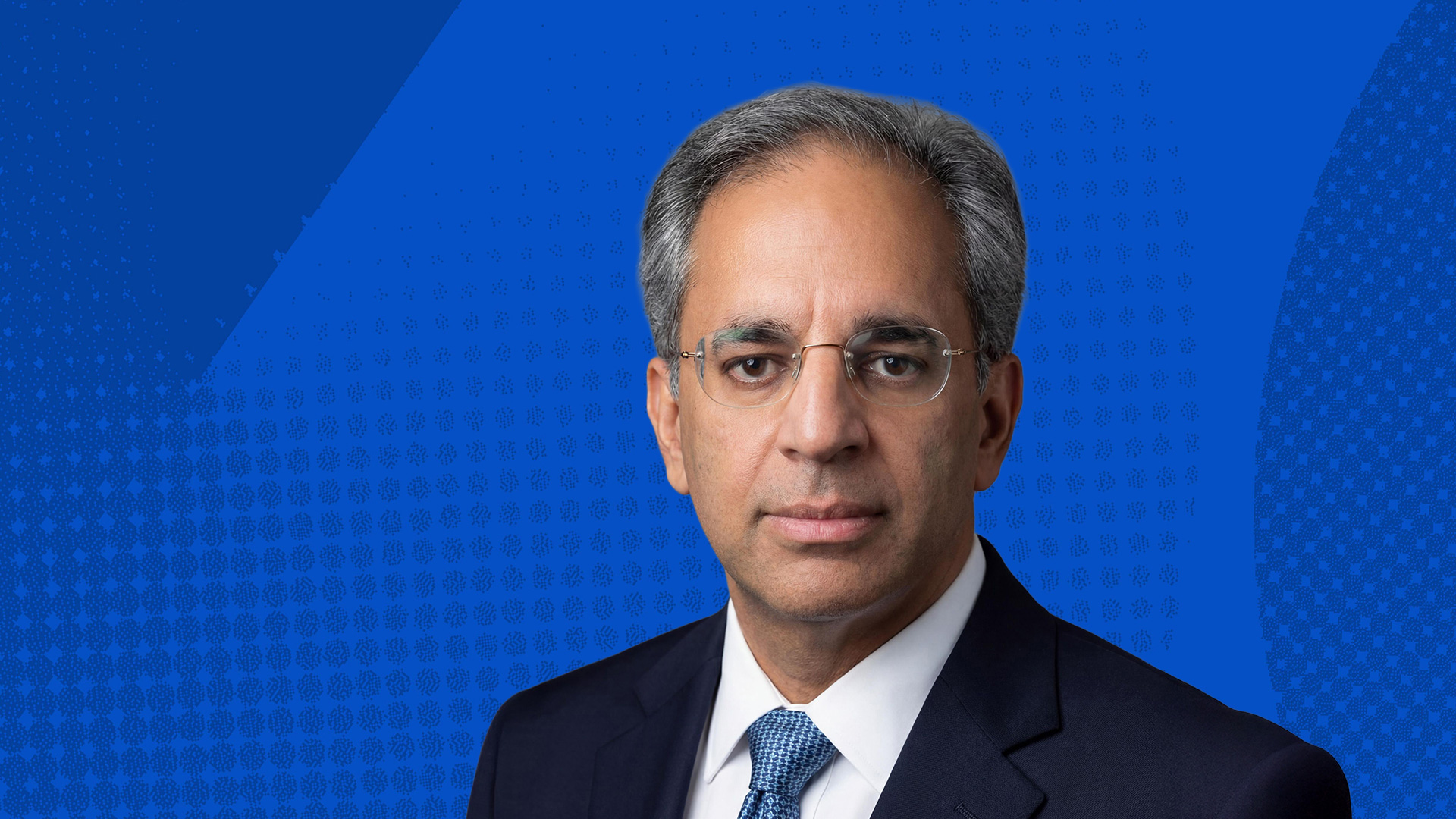
The CEO and co-founder of NUVIEW is improving our ability to view the world. He’s teamed up with SRI to make that happen.
Clint Graumann is CEO of NUVIEW, an Orlando-based company that’s developing the first commercial satellite constellation equipped with laser-pulse technology. This technology is designed to meticulously map the Earth’s most remote and challenging terrains, which will provide critical data that will be instrumental in addressing some of the most pressing global challenges. To make this happen, he’s collaborating with SRI to leverage the nonprofit’s experience and expertise in advanced imaging systems and computer vision technologies.
Here, Clint discusses his life-long passion for space, and his mission to provide the data he hopes will help solve some of the planet’s biggest problems:
Growing up, I was a huge fan of National Geographic magazine. My older brother had shelves full of them, and I would sit for hours and pour through them. They introduced me not just to geography and maps, which I still love, but to space. We lived a few miles away from Altus Air Force Base, and one day when I was very young, the space shuttle was flown in on the back of a 747. The whole town turned out to see it, and that experience had a huge impact on my life.
After graduating from Oklahoma State University, I worked for about 10 years in finance, but found it wasn’t for me. I ended up moving to Germany, where I joined a company called RapidEye, which was a commercial satellite constellation company, which later sold to BlackBridge, then Planet Labs. It was a serendipitous event that gave me a chance to see how my interest in space and geography could work together.
In 2022, after working in the field of earth observation for 15 years, I co-founded NUVIEW. Over the years I heard from our partners and customers working in fields like agriculture, forestry, and climate science that the available satellite imagery and remote sensing wasn’t adequate. Everyone was asking for Light Detection and Ranging (LIDAR) data to be able to create foundational data sets on which to build the rest of their projects.
“We’re lucky to be working with SRI, a well-respected and proven research organization.” – Clint Graumann, founder and CEO of NUVIEW
LIDAR is a technology that uses laser pulses to measure the distance between an emitter and a point. When you emit and spread-out billions of those points, LIDAR creates high-resolution 3-D images of the terrain, and very accurately identifies the distance between objects.
The problem until now, is that LIDAR has been unscalable, and to date only about 5 percent of the Earth’s surface has been mapped using LIDAR. We plan to revolutionize this industry by creating a constellation of 20 satellites equipped with LIDAR capable of mapping the entirety of the Earth’s land mass every year.
Today, we work with SRI’s Integrated Systems and Solutions Division via SRI’s ventures group. Our team has an incredible level of technical expertise, but no matter what industry you’re in, it’s important to have experts to bounce ideas around, talk about paths forward, and look for new ways to solve problems. We’re lucky to be working with SRI, a well-respected and proven research organization.
Our goal with this technology is to provide an entirely new set of data to the world so that all kinds of people will be able to solve big problems in their own domains of expertise. In forestry, for example, there’s a need to understand how much carbon exists within designated areas, which is difficult to calculate using photographs. With satellite-based LIDAR, you can determine the precise height and width of each tree in a forest and calculate the exact biomass of that forest. And, by providing annual data sets, users will be able to understand environmental changes year after year. Are forests disappearing? To what degree? Are coastlines eroding? Is there a yield decrease in a crop field?
The earth is big, but earth observation is a small industry made up of connected people who want to solve big challenges, like fire, flooding, and climate change. That’s why we’re thrilled to work with SRI and have access to their mentorship. This mission is so massive that no one company can accomplish it alone. It’s going to take a community of people around the world who want to see it succeed.
Learn more about our innovations in space.


